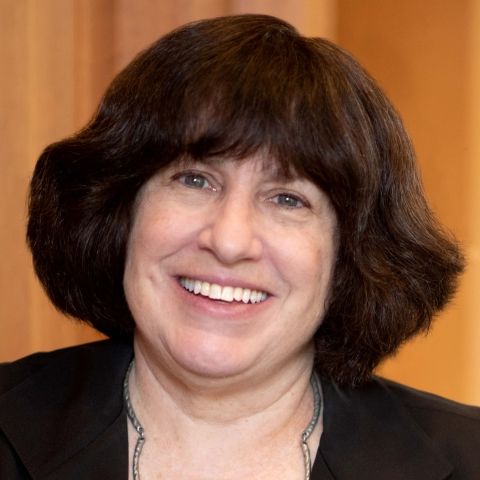
Communicating Forensic Evidence: Lessons from Psychological Science
In his target article for this symposium celebrating Michael Risinger, Bill Thompson expertly covers a lot of ground regarding the communication of forensic science evidence to laypeople. Among other things, it details and critiques various presentation formats that could be, and have been, used by forensic scientists. It also notes various paradigms that have been used to study how laypeople understand and use that evidence.
In this Article, I focus on alternative forms of explanation that might improve laypeople's understanding of forensic comparison evidence. As we consider how to best communicate with factfinders, we need to reflect on our beliefs about what they need to understand to make a good decision and what they are likely to understand from various types of presentation. I conclude that rather than attempt to teach factfinders how to do the mathematics involved in forensic statistical reasoning, we should tap into knowledge they already have to develop alternative ways of getting to the "right" conclusions.
The major sections below do the following: Part II describes some reasons why we should not torture jurors (or judges) with lessons in statistics. It refers to some arguments that Thompson made and adds some new ones. Part III notes some misconceptions that laypeople have about forensic analysis and some general principles about the psychology of explanation. Part IV illustrates four possible ways to promote better judgments involving forensic comparison evidence without ever saying "likelihood ratio" or "random match probability" or "Bayes' Theorem": attribute substitution, explanation, analogy, and implicit learning tasks.